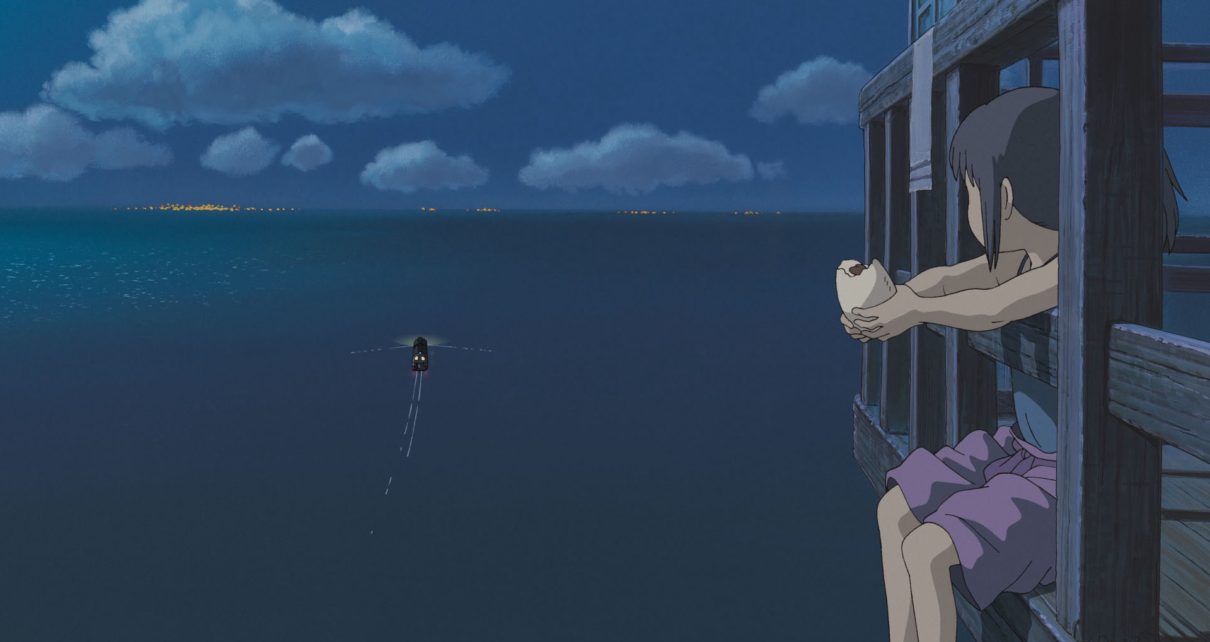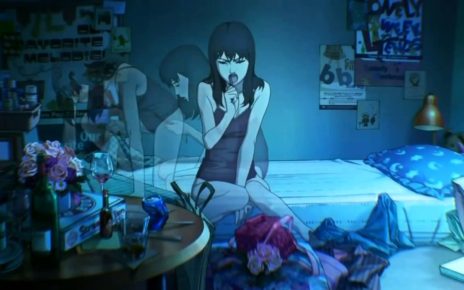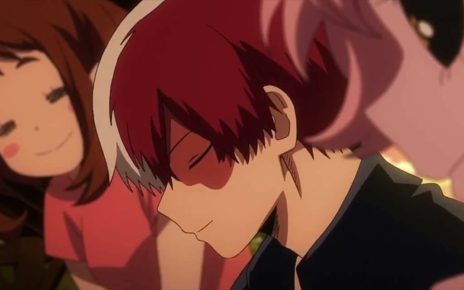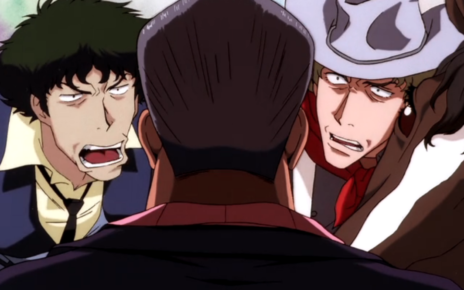At this point, to call Hayao Miyazaki, who turns 76 today, one of the most important animators of the last 40 years would be an understatement. The bulk of his films — characterized by intense character moments, homages to animism and environmentalism, and a worldview mostly void of black-and-white distinctions of good and evil — are perfect.
This is not to say that the films are perfect in the sense that they’re technically flawless. In fact, one could probably argue that Miyazaki relishes in the flaws and plot threads left dangling at the end of many of his films, although I won’t here. No, they’re perfect in the ways that they express a clear and sharply-defined artistic vision, even as they wear the wonders of childhood on their sleeves and subvert expectations, playing their audience like a fiddle. They’re perfect in the same way Pieter Bruegel the Elder’s The Tower of Babel or Pablo Picasso’s Guernica are: visually jaw-dropping, rife with meaning and intention, and sure to be dissected for hundreds of years to come.
But comparisons to masters old and new, in the end, only go so far. Ultimately Miyazaki’s works are perfect because we, his audience—after decades of testing the wear and tear of each film by watching them hundreds of times over—can conclude only that they must be. What other explanation is there?
Happy birthday, Miyazaki-san. Here’s to many more.
Thanks for reading The Dot and Line, where we talk about animation of all kinds. Don’t forget to ❤ this article and follow us on Twitter and Facebook.





